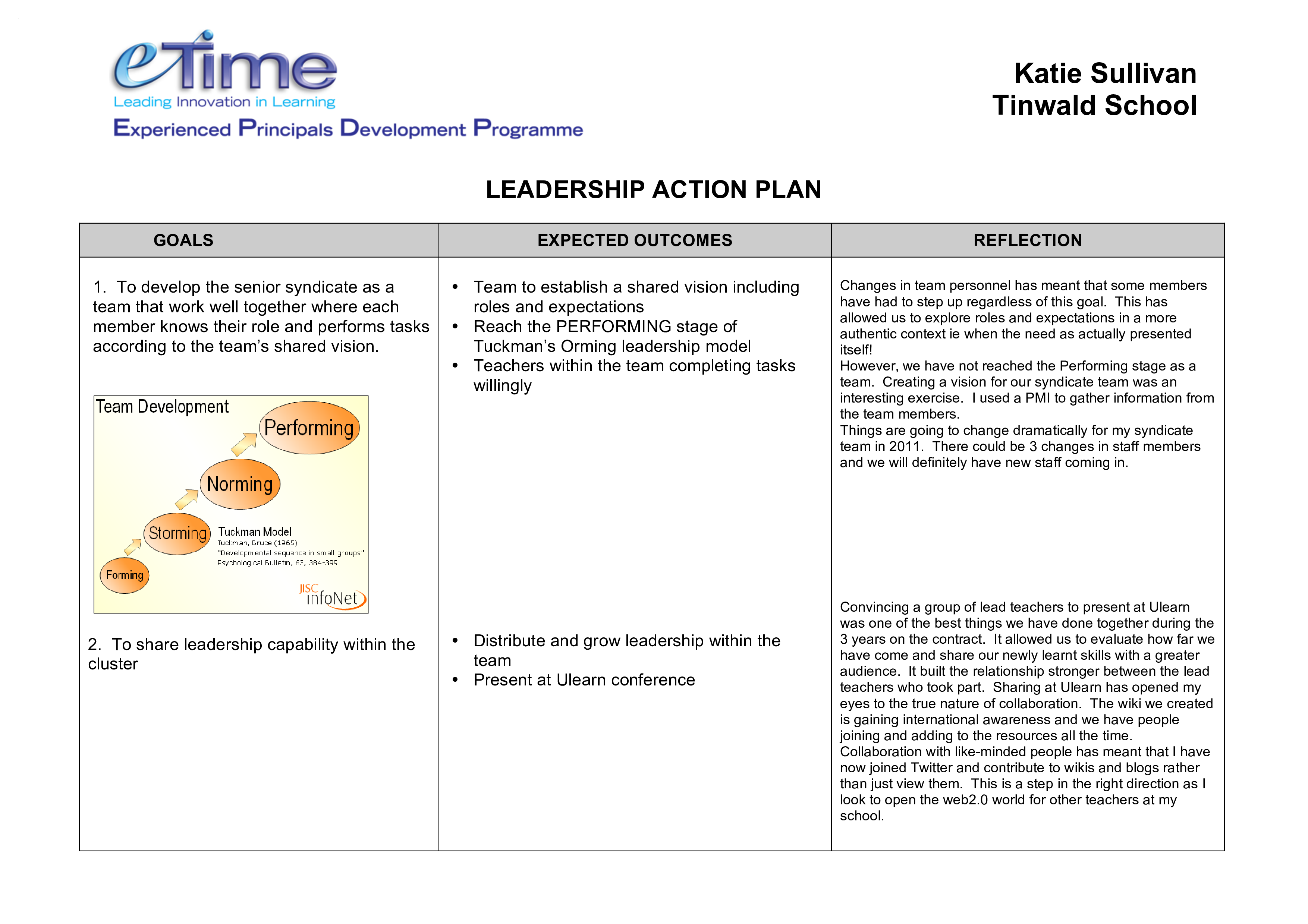
Leadership is a crucial aspect of any organization or team. It sets the tone, inspires others, and guides the path towards success. However, being an effective leader requires more than just a title or position. It requires a well-thought-out action plan that outlines the steps and strategies needed to lead effectively.
In this article, we will explore the importance of a leadership action plan and provide you with a comprehensive guide to creating one.
What is a Leadership Action Plan?
A leadership action plan is a roadmap that outlines the goals, strategies, and actions necessary for effective leadership. It serves as a guide for leaders to navigate challenges, make informed decisions, and achieve desired outcomes. A well-designed action plan provides clarity, direction, and accountability, ensuring that leaders stay focused and on track.
Leadership action plans can be created for various purposes, including personal development, team management, or organizational change. Regardless of the specific objective, a good action plan should be specific, measurable, achievable, relevant, and time-bound (SMART). It should outline the steps, responsibilities, and resources required to achieve the desired results.
Why is a Leadership Action Plan Important?
A leadership action plan is important for several reasons:
- Clarity: A well-defined action plan provides clarity on the goals, strategies, and actions required for effective leadership. It ensures that leaders have a clear understanding of what needs to be done and how to achieve it.
- Focus: An action plan helps leaders stay focused on their priorities and avoid getting distracted by less important tasks. It keeps them on track and ensures that their efforts are aligned with the overall objectives.
- Accountability: A leadership action plan holds leaders accountable for their actions and outcomes. It provides a framework for tracking progress, evaluating performance, and making necessary adjustments along the way.
- Efficiency: By outlining the steps and resources required, an action plan helps leaders optimize their time, energy, and resources. It minimizes wasted efforts and ensures that the right actions are taken at the right time.
- Engagement: An action plan engages team members by clearly communicating the goals, strategies, and expectations. It creates a sense of purpose and direction, motivating individuals to contribute their best efforts towards the common goal.
How to Create a Leadership Action Plan
Creating a leadership action plan involves several key steps. Let’s explore each step in detail:
1. Identify Your Goals
The first step in creating a leadership action plan is to clearly define your goals. What do you want to achieve as a leader? What are your short-term and long-term objectives? Make sure your goals are specific, measurable, achievable, relevant, and time-bound (SMART). Write them down and keep them in mind throughout the planning process.
2. Assess the Current State
Before you can chart a path toward your goals, it is important to assess the current state of your team or organization. What are the strengths, weaknesses, opportunities, and threats? What are the key challenges and barriers to success? Conduct a thorough analysis and gather relevant data to inform your action plan.
3. Develop Strategies and Actions
Based on your goals and assessment, develop strategies and actions that will help you achieve the desired outcomes. Break down your goals into smaller, actionable steps and determine the resources, timelines, and responsibilities for each action. Consider the potential risks and challenges and develop contingency plans if necessary.
4. Communicate and Align
Once you have developed your action plan, communicate it to your team or organization. Clearly explain the goals, strategies, and expectations to ensure everyone is on the same page. Seek input and feedback from team members and make necessary adjustments to align the plan with their perspectives and insights.
5. Implement and Monitor
Now it’s time to put your plan into action. Assign responsibilities, allocate resources, and start executing the strategies and actions outlined in your plan. Monitor progress regularly, track key performance indicators, and make adjustments as needed. Keep your team or organization informed and engaged throughout the implementation process.
6. Evaluate and Adjust
Periodically evaluate the effectiveness of your leadership action plan. Are you making progress toward your goals? Are there any barriers or challenges that need to be addressed? Gather feedback from team members and stakeholders and make necessary adjustments to ensure continued success.
7. Celebrate Success and Learn from Failure
When you achieve your goals, celebrate the success with your team or organization. Recognize and reward individual and team contributions. Take the time to reflect on what worked well and what could be improved. Learn from both successes and failures to continuously enhance your leadership skills and refine your action plan.
Sample Leadership Action Plan
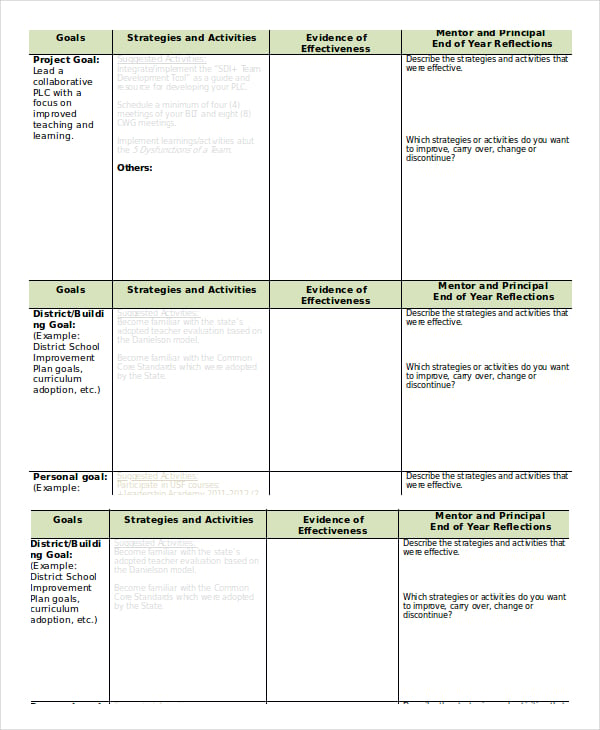
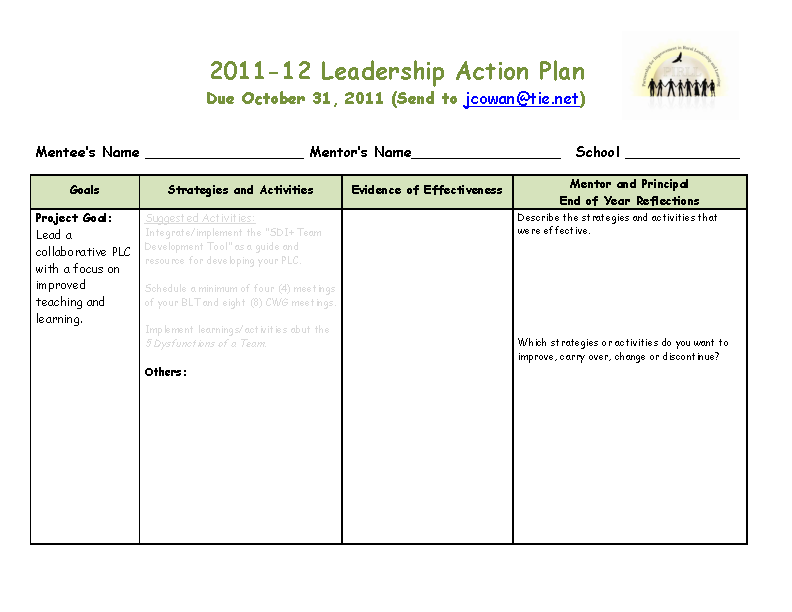
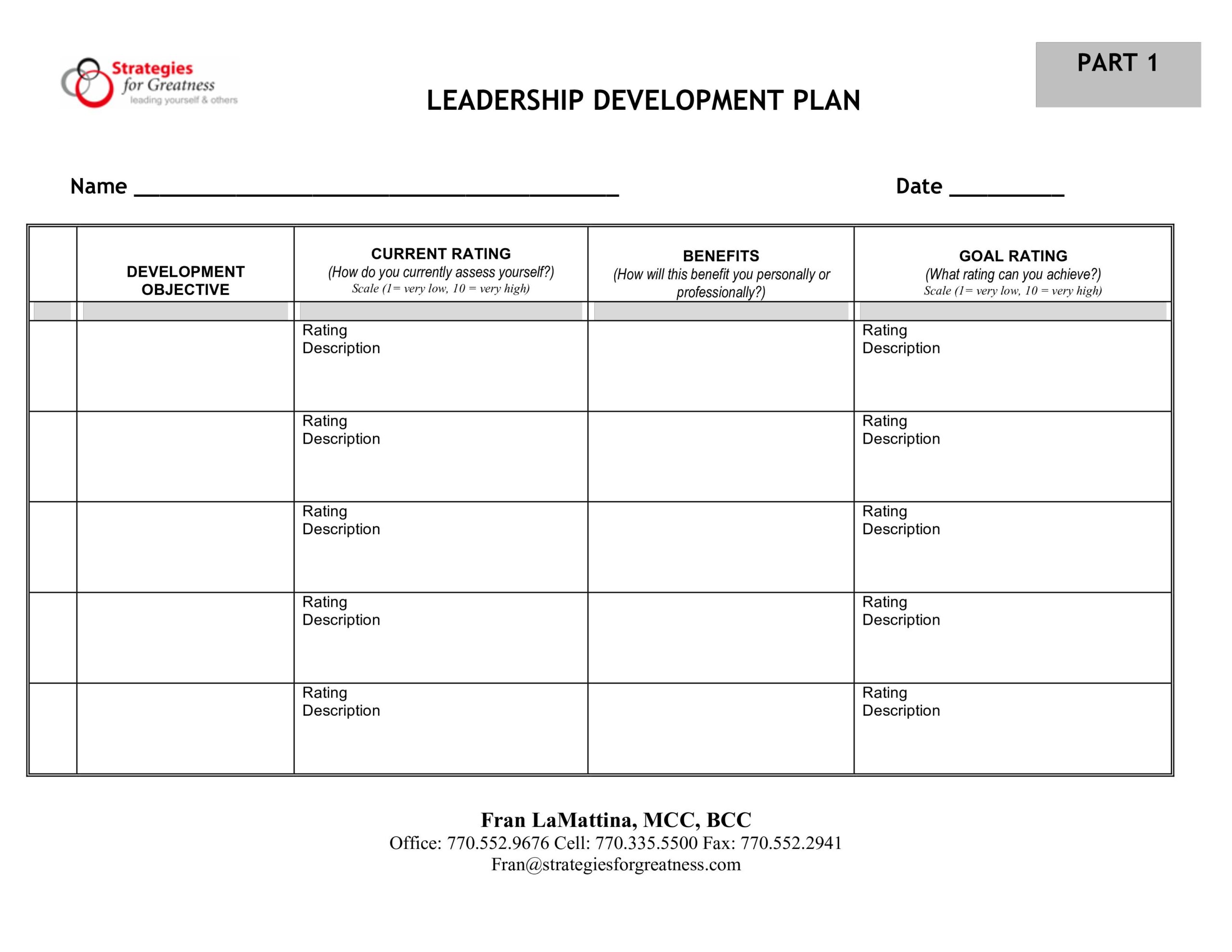
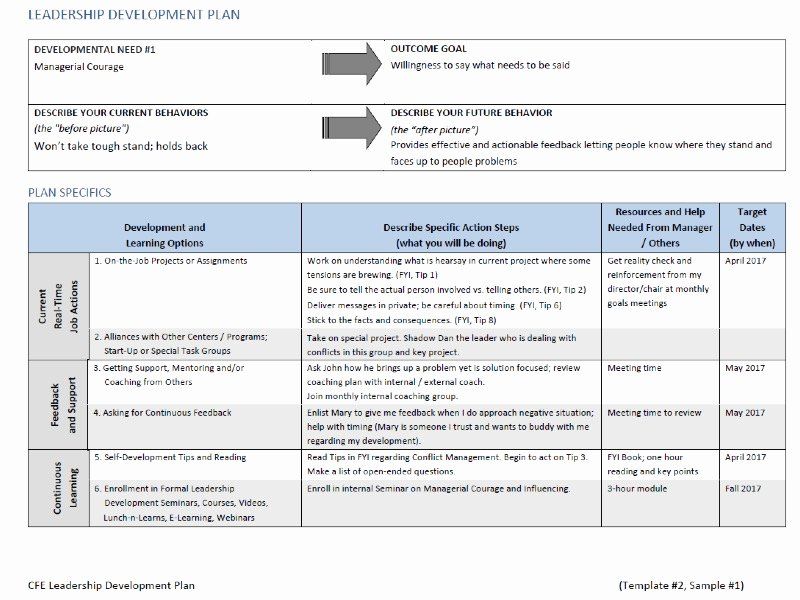
Here’s an example of a leadership action plan:
1. Goal:
To improve team collaboration and communication.
2. Strategies:
- Strategy 1: Implement regular team meetings to facilitate communication and alignment.
- Strategy 2: Provide training and resources to enhance interpersonal and communication skills.
- Strategy 3: Foster a culture of open and transparent communication through regular feedback and recognition.
3. Actions:
- Action 1: Schedule weekly team meetings to discuss progress, challenges, and upcoming tasks.
- Action 2: Organize a communication skills workshop for team members to improve their interpersonal skills.
- Action 3: Implement a feedback system to encourage open and honest communication within the team.
4. Resources:
- Resource 1: Meeting room and necessary technology for team meetings.
- Resource 2: Training materials and facilitator for the communication skills workshop.
- Resource 3: Feedback software or tools to collect and manage feedback from team members.
5. Timeline:
Start Date: [Date]
End Date: [Date]
6. Responsibilities:
- Leader: Schedule and facilitate team meetings, organize the communication skills workshop, and implement the feedback system.
- Team Members: Attend team meetings, actively participate in the workshop, and provide feedback.
7. Monitoring:
Regularly review the progress of team meetings, assess the impact of the communication skills workshop, and gather feedback on the effectiveness of the feedback system.
Conclusion
A leadership action plan is a valuable tool for any leader looking to enhance their effectiveness. By creating a well-designed action plan, leaders can set clear goals, develop effective strategies, and take the necessary actions to achieve success. Remember to regularly evaluate and adjust your plan based on feedback and progress. With a strong leadership action plan, you can inspire and guide your team or organization toward greatness.
Leadership Action Plan Template – Download